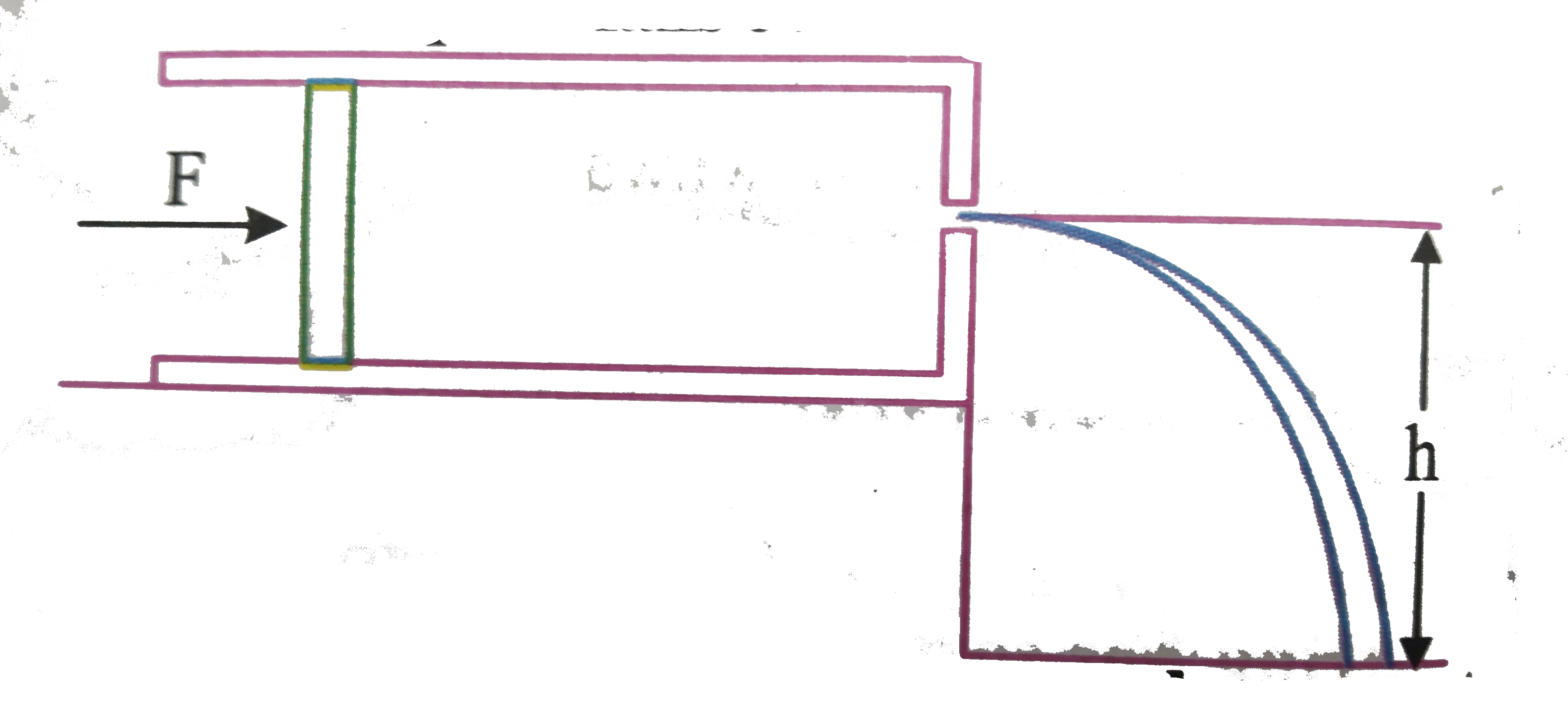Press the piston after closing the nozzle of thesyringe.What will happen to the volume of air inside'the syringe Explain it on the basis of the distance be-tween the molecules of gas and their freedom of movement inside the syringe?Solution in Malayalam
Step by step video & image solution for Press the piston after closing the nozzle of thesyringe.What will happen to the volume of air inside'the syringe Explain it on the basis of the distance be-tween the molecules of gas and their freedom of movement inside the syringe? by Chemistry experts to help you in doubts & scoring excellent marks in Class 10 exams.
Updated on:21/07/2023Topper's Solved these Questions
- GAS LAWS AND MOLE CONCEPTBOOK - BODY BOOKS PUBLICATIONCHAPTER - GAS LAWS AND MOLE CONCEPTEXERCISE - EXERCISE
6 Videos
- COMPOUNDS OF NON-METALSBOOK - BODY BOOKS PUBLICATIONCHAPTER - COMPOUNDS OF NON-METALSEXERCISE - EXERCIES
7 Videos
- March 2020 PaperBOOK - BODY BOOKS PUBLICATIONCHAPTER - March 2020 PaperEXERCISE - EXERCISE
42 Videos
Similar Questions
Identify the relation and complete: Atomic Mass of 1g carbon-12 g. Atomic Mass of 1g Oxygen………………….
View SolutionFill in the blanks: Liquor ammonia: concentrated aquous solution of ammonia; Liquid ammonia:………………….
View SolutionWhat is the maximum number of electrons that can be accommodated in 'f' subshell? (2,6,10,14)
View SolutionA syringe of diameter 1 cm having a nozzle of diameter 1 mm is placed horizontally at a height 5 m from the ground an incompressible non-viscous liquid is filled in the syringe and the liquid is compressed by moving the piston at a speed of 0.5ms−1 the horizontal distance travelled by the liquid jet is (g=10ms−2)
View SolutionAn ideal liquid of density rho is filled in a horizontally fixed syringe fitted with a piston. There is no friction between the piston and the inner surface of the syringe. Cross-sectional area of the syringe is A. At one end of the syringe, an orifice is made. When the piston is pushed into the syringe, the liquid comes out of the orifice and then following a parabolic path falls on the ground. With what velocity does the liquid come out of the orifice?
View Solution
An ideal liquid of density ρ is filled in a horizontally fixed syringe fitted with a piston. There is no friction between the piston and the inner surface of the syringe. Cross-sectional area of the syringe is A. At one end of the syringe, an orifice is made. When the piston is pushed into the syringe, the liquid comes out of the orifice and then following a parabolic path falls on the ground.
With what velocity the liquid strikes the ground?
View SolutionThe piston and nozzle of a syringe kept horizontal have diameters 5 mm and 1 mm. the piston is pushed with constant velocity of 0.2ms^(-2) Find the horizontal distance travelled by water jet before touchig water [g=10m//s^(2)] . Height of syringe from ground is 1 m.
View Solutionपानी से भरी हुई एक सीरिंज को क्षैतिज रखा गया है, इसकी नोजल चित्र में दर्शाये अनुसार जमीन से h ऊँचाई पर है। पिस्टन एवं नोजल के अनुप्रस्थ काट क्षेत्रफल क्रमश: A एवं a है। पिस्टन स्थिर गति v से दबाया जाता है। जमीन पर पानी की धार की क्षैतिज परास ज्ञात कीजिये।

View SolutionWhy does the liquid rise in a syringe when its piston is pulled up?
View SolutionDo you find any change in volume of air in syringe ?
View SolutionWhen is it easier to press the syringe with water or air ?
View SolutionWhy is it said that
The pulled out piston of syringe if released gets immediately pushed inside again.
View SolutionTake water into a syringe, close the hole at the nosil and push the piston. By this experiment you can conclude that
View SolutionIs the air from the syringe also warm ?
View SolutionOn the basis of this experiment would it be correct to say that exhaled air is more moist than air from a syringe ?
View Solution
